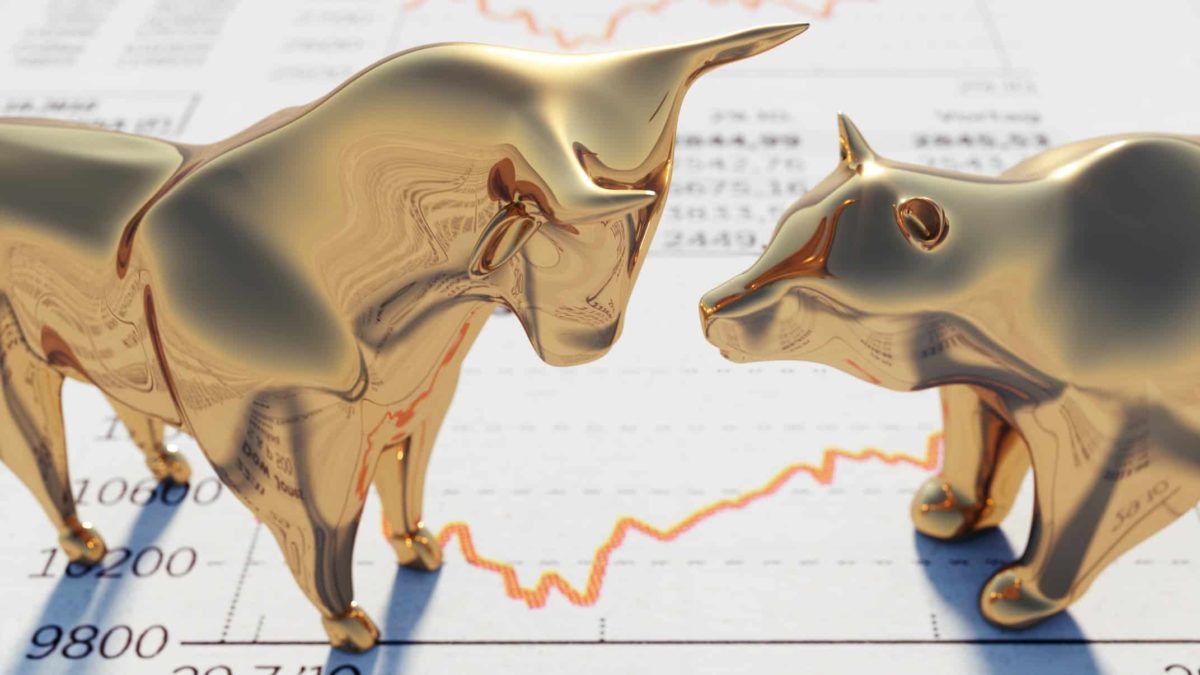The US Federal Reserve raised its cash rate this week, which has major implications for all share markets.
Interest rate changes in the US cannot be ignored by smaller economies like Australia. This is because if there's too big a difference then the value of the smaller nation's currency will plummet or skyrocket.
AMP Capital chief economist Shane Oliver said the Fed was forced to act this week because of rampant inflation in the US.
"Reflecting similar but less intense inflation pressures, the RBA is expected to start raising rates in June."
So considering we're likely to see rate rises soon in Australia, what is the outlook for ASX shares?
There will be a dip, but it'll be temporary
According to Oliver, higher rates do impact negatively on share market returns, but that won't be a prolonged trend yet.
"It's not necessarily consistent with an end to the bull market (or at least the start of a deep bear market) as monetary policy is far from tight and unlikely to be enough to drive a US recession," he said.
"This is more of a risk for 2024 than for 2023 or 2022."
Oliver analysed similar situations over the past 30 years and found that the first few rate hikes do cause a dip and volatility, but it's a temporary effect.
"The bull market usually resumes until rates become onerously tight, which weighs on economic activity and profits," he said.
"This is because the first rate hike only takes monetary policy to 'less easy', and it's only when monetary policy becomes tight that the economy gets hit."
Recessions and bear markets come years later
He took the examples of rate hikes in February 1994, June 2004, and December 2015. Share markets experienced 9%, 8%, and 13% corrections, but soon recovered to resume their bull run.
"A bear market did not set in till 2000, 2007, and 2020 after multiple hikes. Of course, the 2020 bear market was ostensibly due to the pandemic," Oliver said.
"Recession did not come for seven years after the February 1994 first hike, for three and a half years after the June 2004 first hike, and for four years after the December 2015 first hike."
Oliver also expected the magnitude and frequency of Australian interest rate rises to be less than the US.
"Australian interest rates are likely to rise less than US interest rates reflecting lower inflation in Australia and the start of a downturn in Australian property prices which will dampen the pressure to raise rates much," he said.
"We expect the first hike to come in June taking the cash rate to 0.25%, with three hikes in total this year taking it to 0.75% by year-end."
There are risks though
While Oliver thought the bull market would resume according to the current situation, he acknowledged there are risks.
"The war in Ukraine is a major source of uncertainty both in terms of adding to and extending the supply-side constraints that are boosting inflation and posing a threat of weaker global growth," he said.
"Inflation pressures are far more significant than at any time since the early 1980s and this may necessitate an even faster tightening in monetary policy than in the past."









